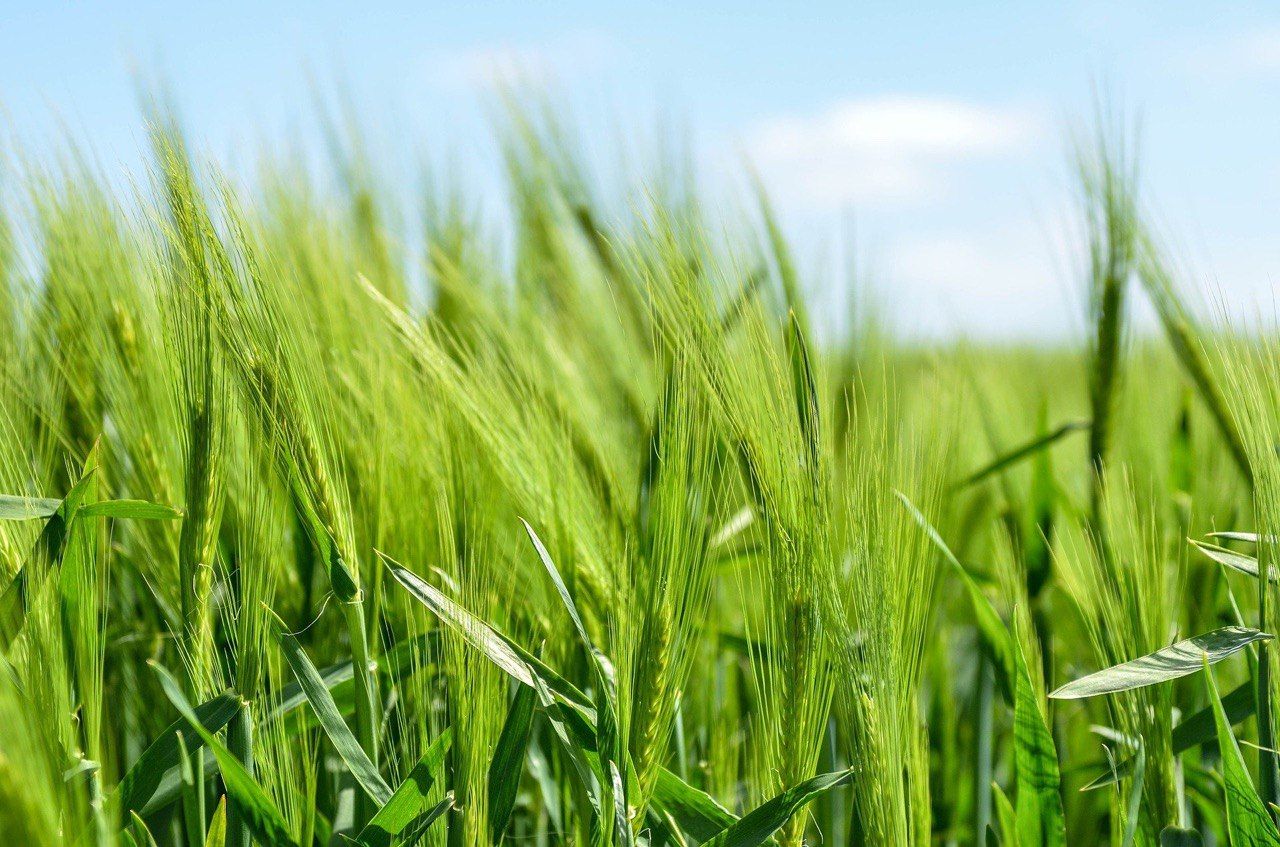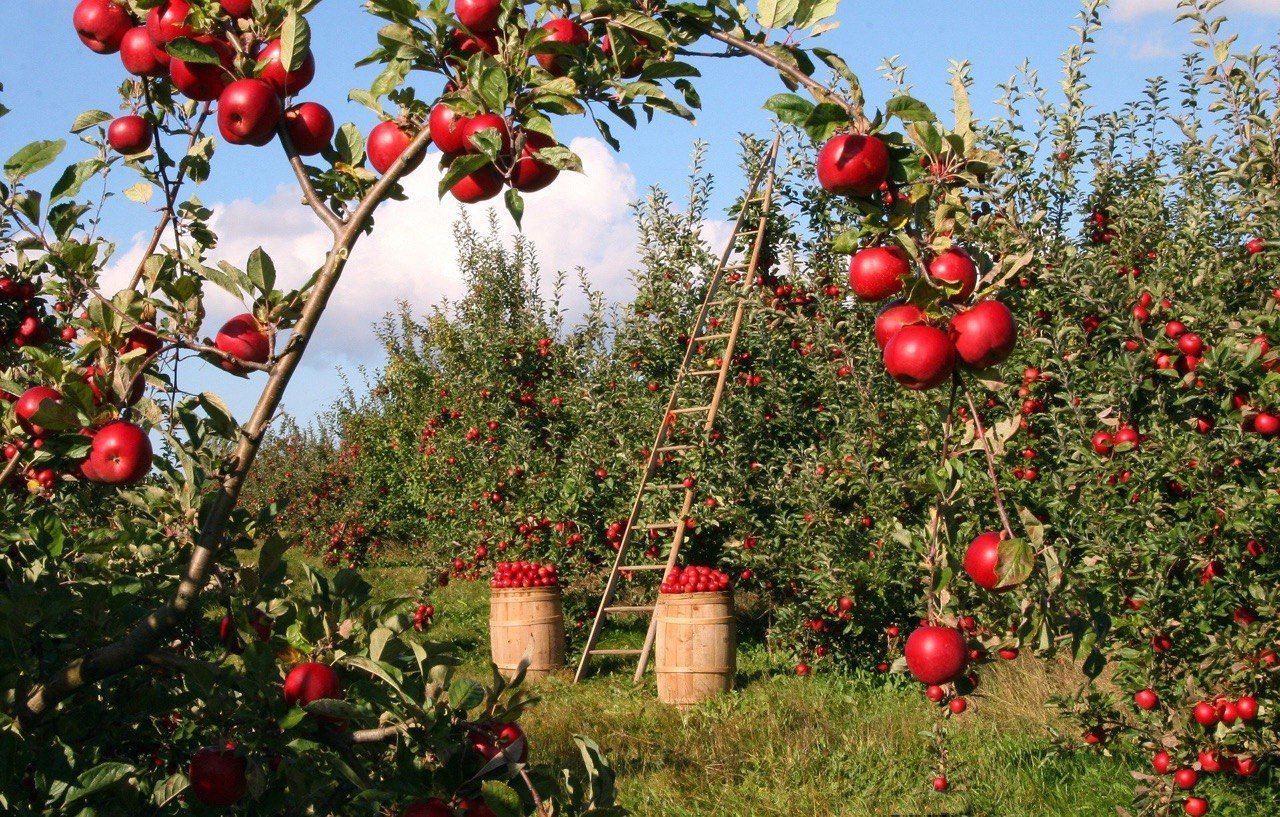Standardization of operation and storage of food products

Food products have always held key positions as consumer products in the national and international market. Over time, the exchange of technology, export and import and began to expand their scope. It is to regulate this process that international standards were created that regulate the clarity of the implementation of quality control and exchange of products. Most countries need to purchase food products such as cereals and their derivatives. But rules and regulations may differ from state to state, thus creating gaps and inconsistencies that hinder globalization of markets. It is for this that international standards are being introduced in export-import operations. Today we introduce you to some of the most key documents in the industry.
Microbiology of the food chain - Preparation of test samples, initial suspension and decimal dilutions for microbiological examination - Part 3: Specific rules for the preparation of fish and fishery products - Amendment 1: Sample preparation for raw marine gastropods (ISO 6887-3:2017/Amd 1:2020)
Despite the fact that in any industry there is a very large number of narrow-profile documents and norms, global international standards are also created, first of all, that normalize not only individual subcategories, but also the whole industry. One example of such standards is EN ISO 6887-3: 2017 / A1: 2020, which regulates the building methodology and rules of the entire system in the food industry.
Cereals - Determination of moisture and protein - Method using Near-Infrared Spectroscopy in whole kernels
Storage conditions for certain products can significantly affect their safety. One of the examples regulating these processes is the standard EN 15948: 2020.
This document defines a routine method for the determination of moisture and protein contents in whole kernels of wheat and barley using near infrared spectroscopy in the constituent ranges:
- - for wheat:
- - moisture content minimum range from 8 % to 22 %;
- - protein content minimum range from 7 %DM to 20 %DM.
- - for barley:
- - moisture content minimum range from 8 % to 22 %;
- - protein content minimum range from 7 %DM to 16 %DM.
This document describes the modalities to be implemented by the supplier (5.3 and 5.4) and the user of the method.
Wheat flour and durum wheat semolina -- Determination of impurities of animal origin
Flour is one of the most widely consumed products. Since the quality of any food product affects not only the company's image and financial results, but also the safety of their consumption, it is necessary to adhere to such food standards as ISO 11050: 2020.
This document specifies a method for determining the content of impurities of animal origin in wheat flours, with or without additives and having an ash yield not exceeding a mass fraction of 0,75 %, and in durum wheat semolinas. This method permits the separation and quantification of contamination of animal origin, such as insects at all stages of their development and their fragments, rodent hairs and their fragments, and mites.
If you are interested in purchasing this document, we recommend that you study all the details by clicking on the link attached above.
Citrus fruits -- Guidelines for storage
Fruit is a relatively perishable product and improper storage and transportation can negatively affect both the financial results and the health of consumers. In order to avoid possible losses, international standards such as ISO 11050: 2020 are being created.
This document specifies a method for determining the content of impurities of animal origin in wheat flours, with or without additives and having an ash yield not exceeding a mass fraction of 0,75 %, and in durum wheat semolinas. This method permits the separation and quantification of contamination of animal origin, such as insects at all stages of their development and their fragments, rodent hairs and their fragments, and mites.
Since the food industry has many subcategories, it is necessary to specialize in more detail the industry in which you operate and select the necessary standards directly for it.

The presence of international standards is an indicator of responsibility
Compliance with international standards and prescribed norms is the key to complete safety in the use and operation of products. It is thanks to this that the reputation of the company will increase significantly, the possibilities of operating activities in the global market will expand, and the influx of customers will increase.
Therefore, we recommend that you always stay up to date with the latest updates in your area of activity, as well as contact a team of professionals who will help analyze all possible parts of your organization and advise on how to properly strengthen and expand the regulatory framework of your business.
References:
https://standards.iteh.ai/catalog/standards/cen/2e3e25d8-7d05-449a-9403-d8e0de8c0fc6/en-15948-2020
https://standards.iteh.ai/catalog/standards/iso/27c8438e-e012-4b44-b9c0-32a15d486a65/iso-11050-2020
https://standards.iteh.ai/catalog/standards/iso/27c8438e-e012-4b44-b9c0-32a15d486a65/iso-11050-2020
Categories
- Latest News
- New Arrivals
- Generalities
- Services and Management
- Health Care
- Environment
- Metrology and Measurement
- Testing
- Mechanical Systems
- Manufacturing
- Electrical Engineering
- Electronics
- Telecommunications
- Information Technology
- Road Vehicles
- Railway Engineering
- Materials Handling
- Agriculture
- Food technology
- Petroleum
- Metallurgy
- Wood technology
- Construction
- Entertainment